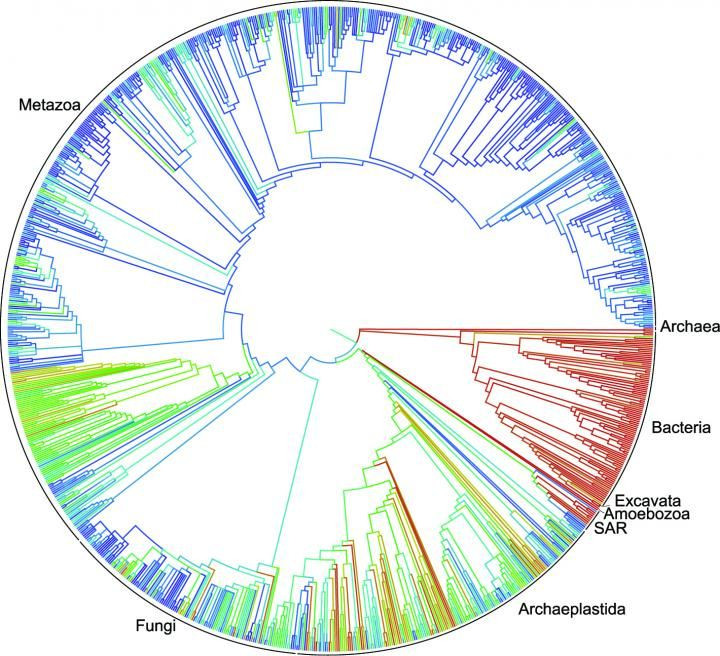Researchers Release First Draft Of Open Source 'Tree Of Life' For 2.3 Million Species Of Organisms On Earth

In a project funded by the University of Michigan and the U.S. National Science Foundation, researchers from 11 different institutions have finished creating the first draft of the “Tree of Life.” The special tree does not yield any fruit, however, it interlinks 2.3 million different species of plants, animals and other creatures to depict their evolution.
The Tree of Life maps the species of organisms that existed at the beginning of life on the planet, dating back to 3.5 million years in the past. The researchers took reference from the different family and species trees published earlier to come up with the detailed and comprehensive Tree of Life. The previous family trees detailed up to 100,000 species, however, this is the first time that a detailed map encompassing across all forms of life has been developed.
The researchers faced two major problems while creating the Tree of Life. First, it was challenging for the researchers to take into account the name changes, abbreviations, misspellings and alternate names of different organisms. Second, the data for only 1 in every 6 of the 7,500 phylogenetic studies browsed by the researchers was available digitally downloadable format.
The first draft of the Tree of Life is based on the data collated by the researchers for 500 smaller trees. The researchers are also creating a software which will enable the researchers to log on and modify the tree as new data for other newly discovered species is added.
"Twenty five years ago people said this goal of huge trees was impossible," said co-author Douglas Soltis of the University of Florida. "The Open Tree of Life is an important starting point that other investigators can now refine and improve for decades to come."
Similar to the “Wikipedia” for evolutionary trees, the Tree of Life is available in the form of a digital resource that can be used or edited by anyone. The first draft of the tree created by the researcher also accompanies the underlying data and source code. The complete details of the creation has been described in an article in the Proceedings of the National Academy of Sciences.
© Copyright IBTimes 2024. All rights reserved.




















